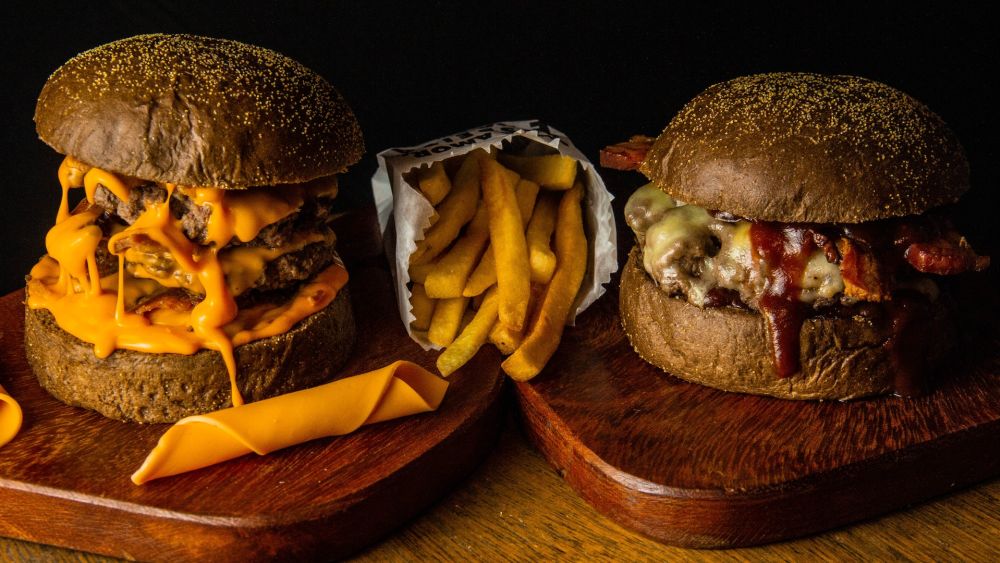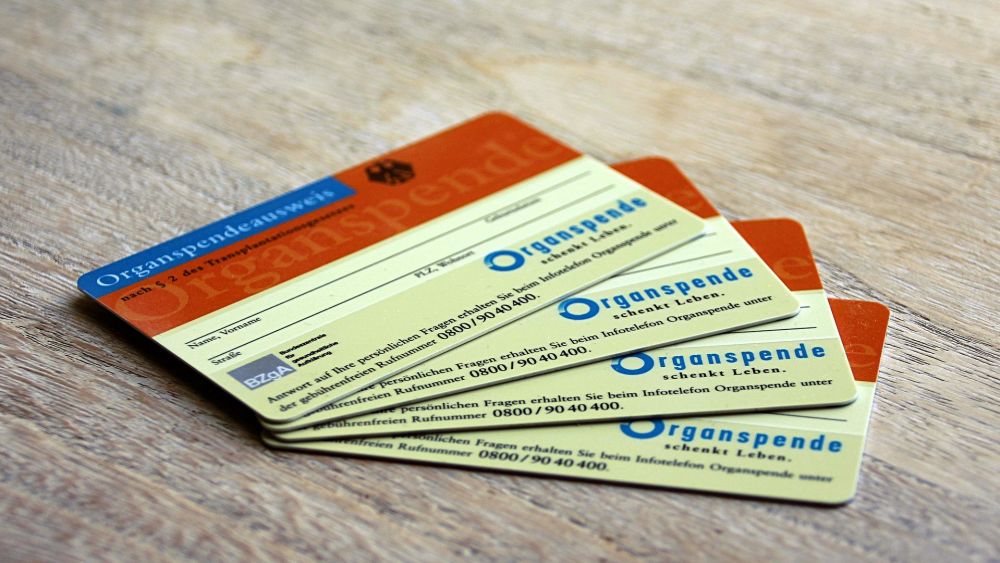Do Pink Products Raise Cancer Awareness, or Is It All About the Green?
Greggory Moore | Moore Lowdown

image by: Komen Austin
While it may be debatable whether making a product pink one month per year is good for cancer awareness, there’s no question of whether it’s good business.
Each October, three colors come to the fore across America: orange, black, and pink. The former two have to do with Halloween. But since the early 1990s, pink has been associated with Breast Cancer Awareness Month.
But capitalism never misses an opportunity, and so what started out as the wearing of little pink ribbons has become a marketing strategy extraordinaire, with everyone from perfumers to the NFL creating pink products designed to get some of your green.
National Breast Cancer Awareness Month was established in 1985 with the general goal of “promoting awareness of breast cancer issues,” with specific aims such as “empowering women to take charge of their own breast health by practicing regular self-breast exams to identify any changes, scheduling regular visits and annual mammograms with their healthcare provider, adhering to prescribed treatment, and knowing the facts about recurrence.”
But as every marketer knows, brand identification in the form of a clear symbol goes a long way, regardless whether you’re pushing a product or a cause. Charlotte Haley knew that when in the early ‘90s when she began handing out handmade peach-colored ribbons, along with cards reading, “The National Cancer Institute annual budget is $1.8 billion, only 5 percent goes for cancer prevention. Help us wake up our legislators and America by wearing this ribbon.”
Meanwhile, the Susan G. Komen Breast Cancer Foundation originally had adopted pink as its official color—for example, by handing out pink visors to breast-cancer survivors at its annual Race for the Cure. By 1992 the Foundation was handing out pink ribbons to all participants. That same year Self magazine, in an effort to promote its second annual Bastion Month issue, picked up on Haley’s idea, changing the color to pink and teaming up with cosmetics giant Estée Lauder to distribute ribbons nationwide.
A quarter-century later, those pink ribbons are still with us, but they’ve been joined by a whole host —some would say an unholy host—of products that are not just symbols, but moneymakers for the companies who sell them. Bras, eyeglass frames, cosmetics, shoes, jewelry, handbags, nutrition bars, water canteens, candy, dog food kitchen utensils, mattresses…No matter the product, in October you can probably find a pinkified version, even if it’s just the packaging.
The tie-in between pink and Breast Cancer Awareness Month has been so successful that the NFL got in on the game a decade about by creating an October campaign called “A Crucial Catch,” tingeing the gridiron with pink gloves, pink cleats, pink towels, and all manner of pink NFL products on sale in gift shops online and at stadiums nationwide.
Virtually all pinkifying companies contribute a portion of each sale of such products—the typical claim is 20%—to cancer-related charities or causes, such as the American Cancer Society. But number-crunching in numerous exposés has revealed that more money goes toward companies’ profit margins than toward cancer research. A 2013 Business Insider article, for example, shows that “after everybody has taken their cut, only 8.01% of money spent on pink NFL merchandise is actually going towards cancer research.” As Charity Watch President/Co-founder Daniel Borochoff told Consumer Reports, “The fundraiser might be keeping 75 to 90 percent of the money.”
And that’s to say nothing of the many bogus pinkifiers out there, a few of which are documented in a detailed Marie Claire article from 2011. As the Better Business Bureau warned last October, “While many of these products have a real tie to breast cancer charities, other pink-labeled products can be described as a form of ‘pinkwashing’ and provide very limited benefit to charities, if any at all.”
Those are just some of the reasons that the nonprofit organization Breast Cancer Action wants you to “Think Before You Pink,” a campaign they say is a “a direct call to STOP THE DISTRACTION of pink ribbon marketing and culture. We are calling attention to the countless ways the breast cancer industry, and the culture of pink it has spawned, distract attention away from the bold action we need to successfully address and end the breast cancer epidemic and to achieve health justice for all women in all communities.”
Among BCAction’s charges against the pinkwashing industry are that pink ribbon products “spread empty awareness, pink ribbon promotions spread misinformation, that corporations exploit concern about breast cancer for profit, and that even some pink-ribbon products have links to causing breast cancer. One of BCAction’s pet examples is a pinkified fracking drill bit sold by Baker Hughes in partnership with the Susan G. Komen for the Cure foundation. "Over 700 chemicals are commonly used in the process of drilling and fracking for oil and gas,” BCAction noted in 2014. “At least 25% of these chemicals increase our risk of cancer. [… So the drill bit is] the most ludicrous piece of pink sh*t [we]'ve seen all year."
Those who monitor the charity industry tend to agree that if you want to support the fight against breast cancer—or any other cause—the best way to do so is to eschew spending money on symbols and donate directly to the philanthropic organization of your choice. “Buy the best product at the best price and use the savings to make a donation to the charity of your choice,” CharityWatch President/Co-Founder Daniel Borochoff told the Seattle Times in 2006. “You have the assurance that the charity is getting all your money, and you get the tax deduction.” As Charity Navigator’s Trent Stamp put it, [Y]ou should give to make a difference, and you’re not making a difference by buying a yogurt.”
About the Author:
Except for a four-month sojourn in Comoros (a small island nation near the northwest of Madagascar), Greggory Moore has lived his entire life in Southern California. Currently he resides in Long Beach, CA, where he engages in a variety of activities, including playing in the band MOVE, performing as a member of RIOTstage, and, of course, writing.
His work has appeared in the Los Angeles Times, OC Weekly, Daily Kos, the Long Beach Post, Random Lengths News, The District Weekly, GreaterLongBeach.com, and a variety of academic and literary journals. HIs first novel, The Use of Regret, was published in 2011, and he is currently at work on his follow-up. Contact: [email protected]

Introducing Stitches!
Your Path to Meaningful Connections in the World of Health and Medicine
Connect, Collaborate, and Engage!
Coming Soon - Stitches, the innovative chat app from the creators of HWN. Join meaningful conversations on health and medical topics. Share text, images, and videos seamlessly. Connect directly within HWN's topic pages and articles.
















